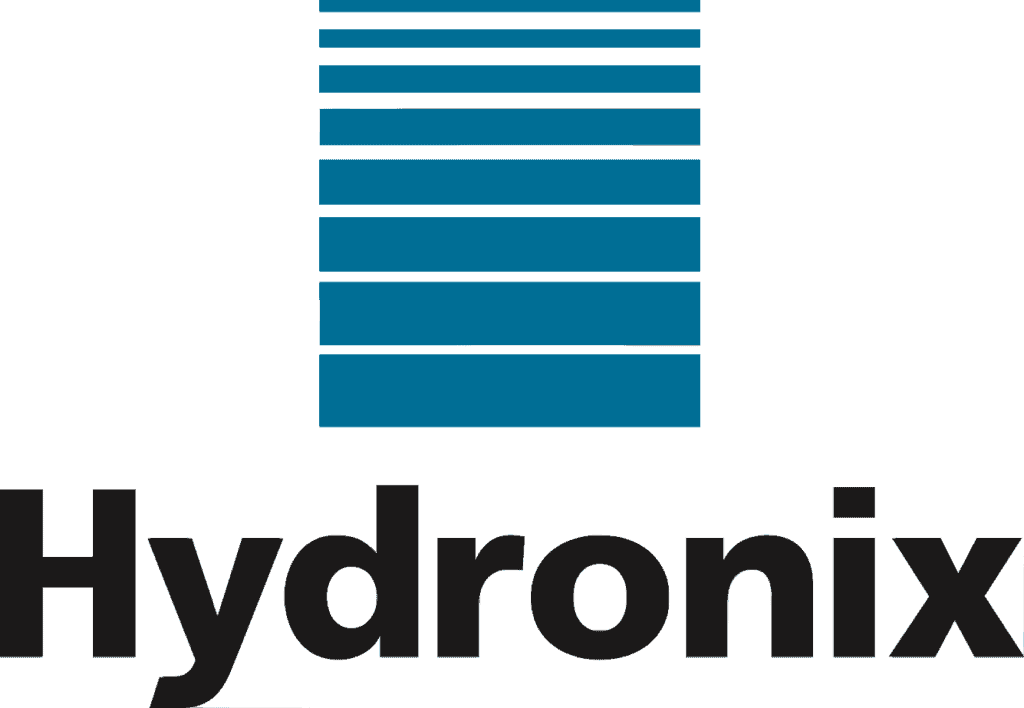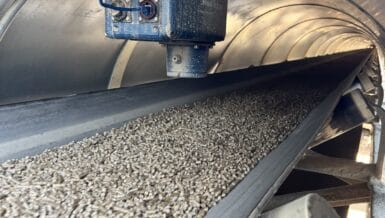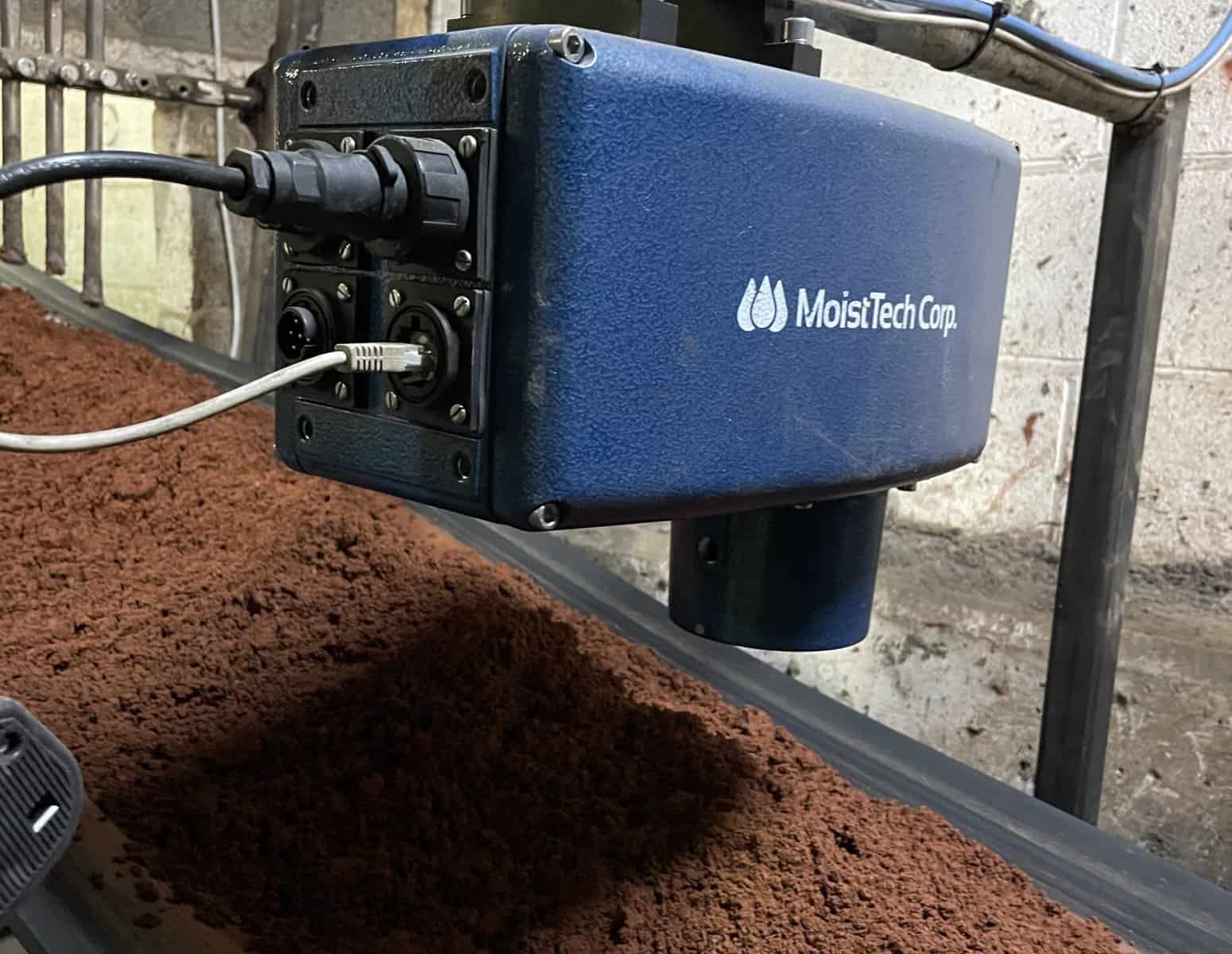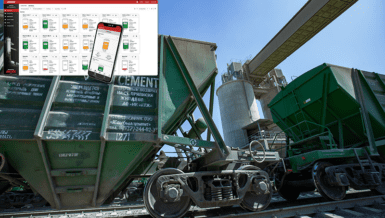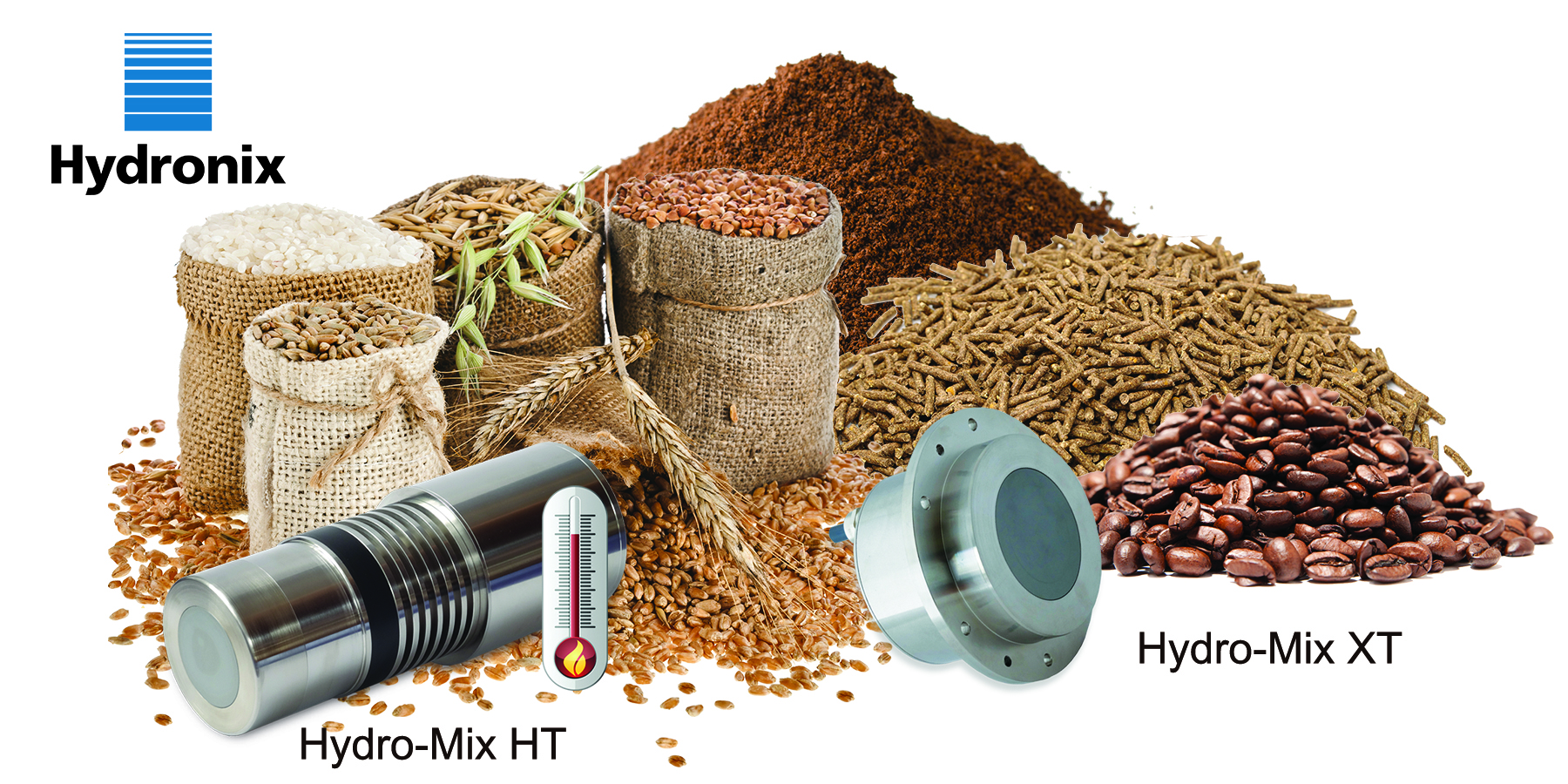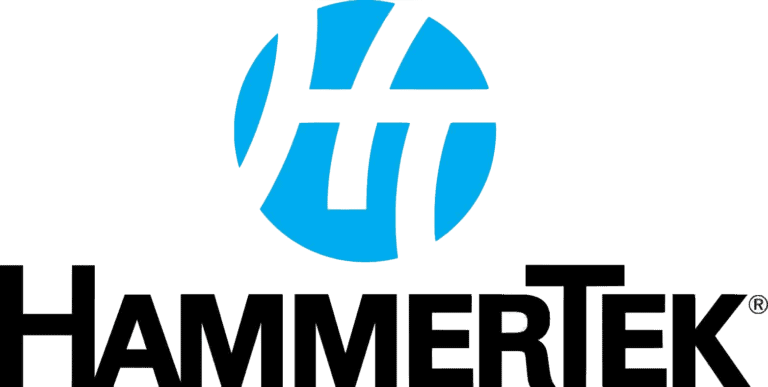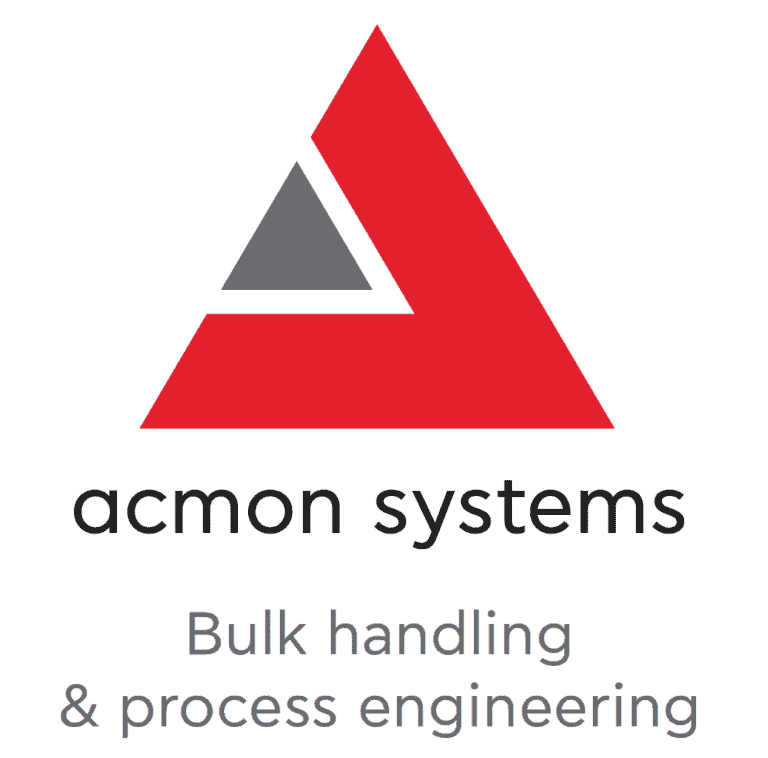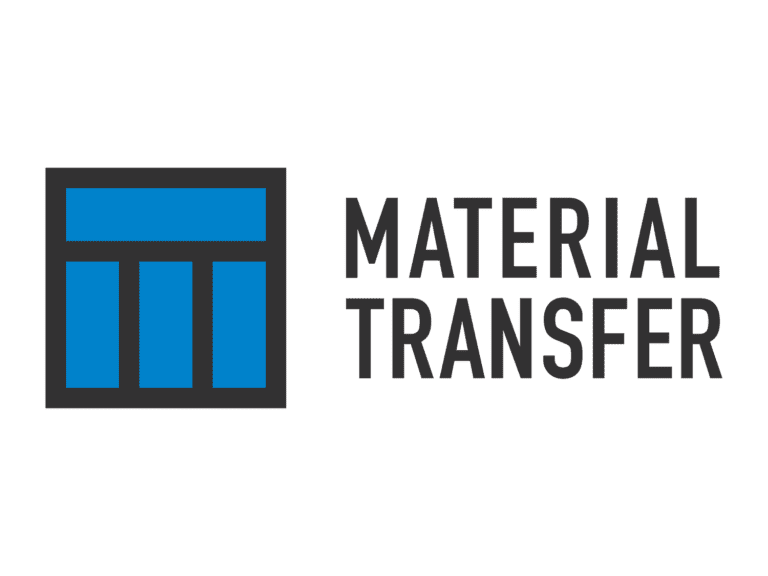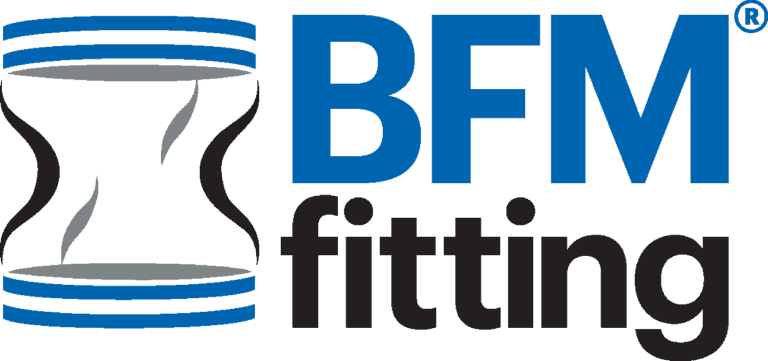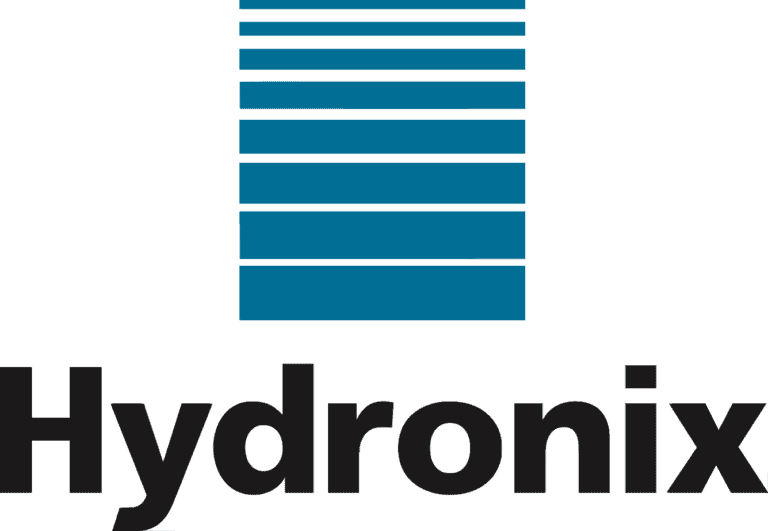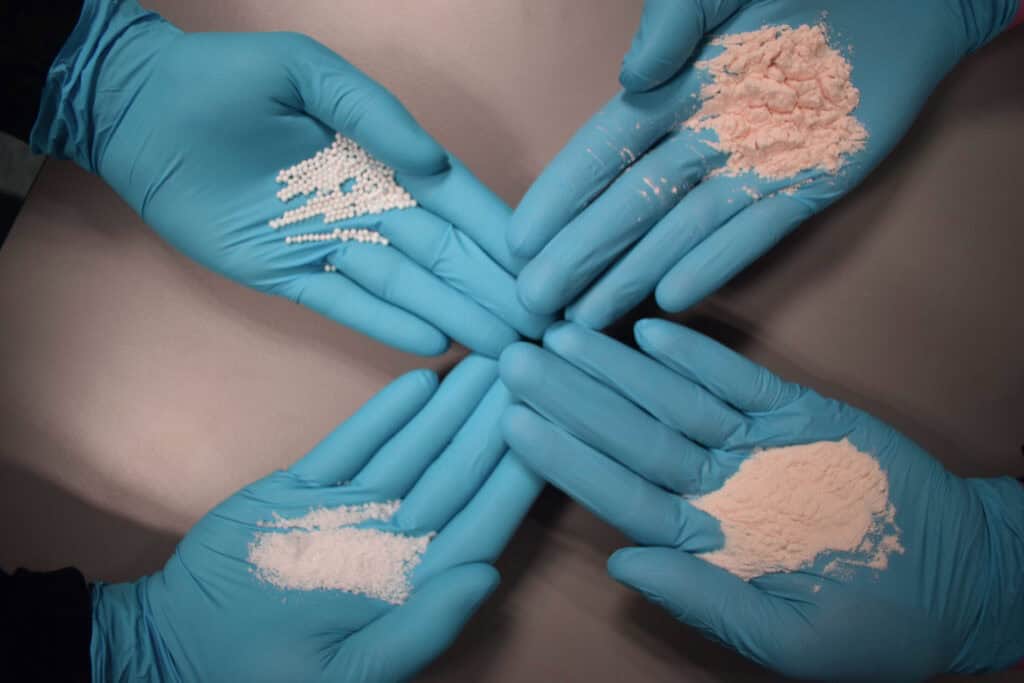This article highlights some of the benefits of using a modern grain moisture sensor, along with the defining characteristics of the latest sensors, which make them an attractive investment for all producers.
Harvesting and Threshing
The efficiency of mechanised harvesting and threshing is mainly a combination of the type of equipment used, the speed of the machinery, and the moisture content of the grain. The integrity of the harvested grain is a key factor in determining the value of the crop, and the machinery is selected depending on the cost, speed, and quality requirements of the producer.
Real-time adjustments for moisture content will reduce wear and extend the life of the machinery and measuring moisture also enables the dry weight yield to be recorded, providing additional historic information about spatial variability in the field.
Drying and Storage
Once harvested, the crop must be dried and stored.
Drying is a common practice to enable the safe storage of grain. Precise control is important to ensure the perfect moisture content is achieved. If the grains are under-dried, the crop is still prone to mycotoxins and spoilage, whereas over-drying is not just an expensive waste of energy but can cause damage and breakage to the grain’s skin, making it susceptible to mycotoxins and insect attacks. Excessive drying can also cause the grains to shrink in size, causing yield loss.
Grinding
Through mechanical action, grinding reduces the size of food materials such as grains, seeds, fruits, and many more to achieve different chemical and microbiological stability. Grinding, however, is one of the most energy-consuming transformations in many food processes, and one of the primary factors affecting energy consumption during this process, is the moisture content of the grain.
Transport and flowability
After the grinding process, the moisture remains very important. Moisture content determines the flowability of the particles, as the bonds between water molecules affect the stickiness and caking effect of the powder. Even small variations in factors, particularly moisture content, can result in caking or bridging that will impair the ability to transport the grain.
Pelletising
Pelletising is the process of extruding the formulation into cylindrical shapes that are more easily consumed by animals. With a wide range of applications and recipes, the content of the mix varies considerably. The water content, however, remains an important factor and is a key determinant of pellet quality12.
Too dry material is hard to mould properly, can create dust and intensifies the abrasiveness of the material, which increases machine wear.
The pellets may also need to be dried to prevent mould formation or other degradation when stored. Measuring moisture at the input of the drier enables feed-forward control of the drying and cooling processes, ensuring optimum performance, minimal energy consumption and improves quality, ensuring optimal pellet integrity and nutritional value.
Control and sensors
In summary, the moisture content in grains affects the cost and the quality of the end products. It is essential to monitor and control the water content of the material at every step of the process to improve efficiency, reduce carbon footprint, and save money, as well as ensure a consistently good product.
The Hydronix Digital measurement technique uses a unique measurement method designed to respond linearly to changes in moisture across the full working range. This makes them simple to calibrate.
All Hydronix sensors are ‘factory calibrated’ to have identical measurement characteristics and are simple to install. They require practically no ongoing maintenance apart from best-practice quality assurance checks. The sensors measure into the material, which gives a highly representative measurement.
The advantage of a microwave sensor designed to respond linearly to changes in moisture at the point of measurement. Sensors that respond in a non-linear fashion must be calibrated within certain moisture ranges, or the measurement must be subsequently linearised using software which incurs accuracy and precision penalties.





